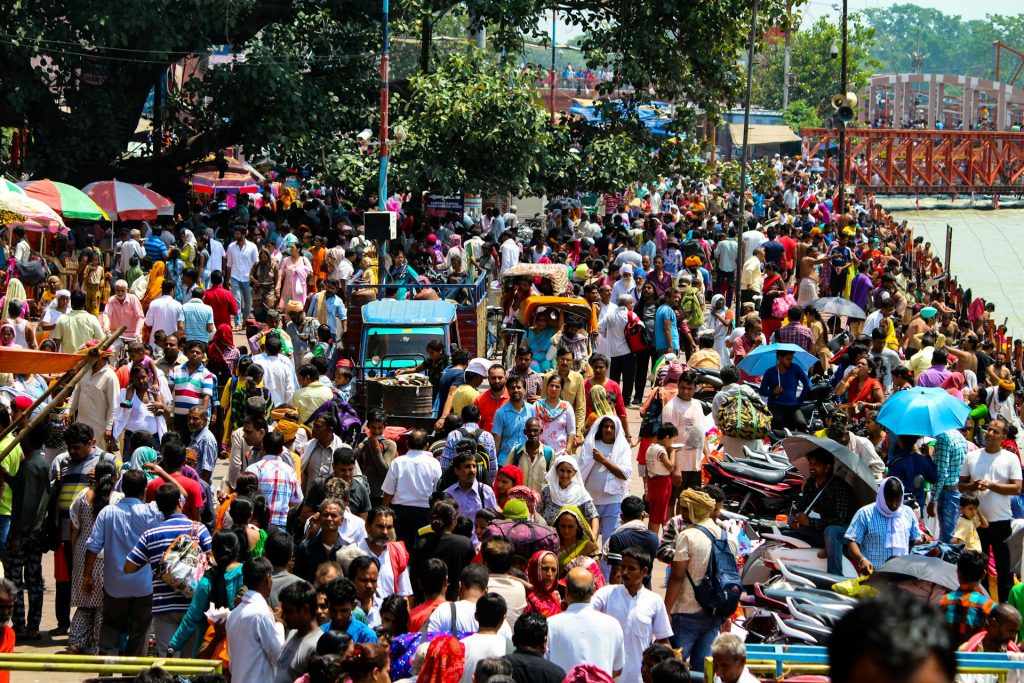India’s Job Creation: The Biggest Economic Challenge, Say Policy Experts
3 min read
Addressing chronic unemployment in India will be the government’s most significant challenge in the next five years, even as the country remains the world’s fastest-growing major economy, according to policy experts surveyed by Reuters.
India, Asia’s third-largest economy, grew by over 8% in the last fiscal year, driven by government investment spending. However, this has not triggered sufficient corporate expenditure to create enough jobs, especially for the youth in a country with 1.4 billion people.
Prime Minister Narendra Modi’s Bharatiya Janata Party (BJP) lost its parliamentary majority in early June elections after holding it for the last decade. This was due to growing inequality, relentless inflation pressures—particularly in food—and a lack of well-paying jobs.
An overwhelming majority of 91% of development economists and policy experts, 49 out of 54, said in a survey from May 15 to June 18 that unemployment would be the biggest economic challenge during the government’s term.
“In India, we have a very peculiar problem—supposedly very high growth rates and no increase in employment. When Modi came to power, he promised jobs and a better life to the aspiring youth, but the situation has significantly worsened since then,” said Jayati Ghosh, a professor at the University of Massachusetts Amherst.
“They need a job-specific strategy… They must drastically increase public employment in basic social services, health, education, nutrition, and sanitation.”
The BJP has acknowledged that employment was a factor in the election, stating that “the best is being done that can be done.”
However, most economists questioned the government’s ability to create jobs or accurately measure their success or failure. Others emphasized the role the economy must play in bringing about substantial employment changes.
“The government alone cannot possibly create the jobs needed to absorb the millions entering the workforce each year. The private sector must step in with high, sustainable investments,” said Rajeswari Sengupta, associate professor of economics at the Indira Gandhi Institute of Development Research in Mumbai.
Informal Sector
Over the past decade, the BJP government has significantly increased spending on the country’s infrastructure, but businesses have not invested nearly as much or with the same intensity.
Gross fixed capital formation, often used as a proxy for private investment, has grown at an average annual rate of about 8% since 2014, compared to 14% in the previous decade.
“The government needs to identify barriers to private investment, remove policy hurdles and obstacles that stand in the way of revival… and let the private sector do its work with minimal government interference,” Sengupta added.
When asked what the government should do to help create jobs, many survey respondents said boosting private investment was key.
Further recommendations included raising educational standards, reforming tax structures, and increasing cooperation between the central government and state governments.
One of the biggest challenges in job creation is the lack of a widely accepted unemployment rate in India. This is partly because it is challenging to measure in a country with nearly 1 billion working-age people. Without a common starting point, it is difficult to measure success.
A recent bulletin from the Reserve Bank of India estimates that about 80% of India’s workforce is part of the unregulated economy.
“Official unemployment figures do not capture the absence of jobs in the informal sector, and since most of India’s workforce is in the informal sector, especially in rural areas, you will not count them as unemployed,” said Bina Agarwal, a professor of development economics and environment at the University of Manchester.



